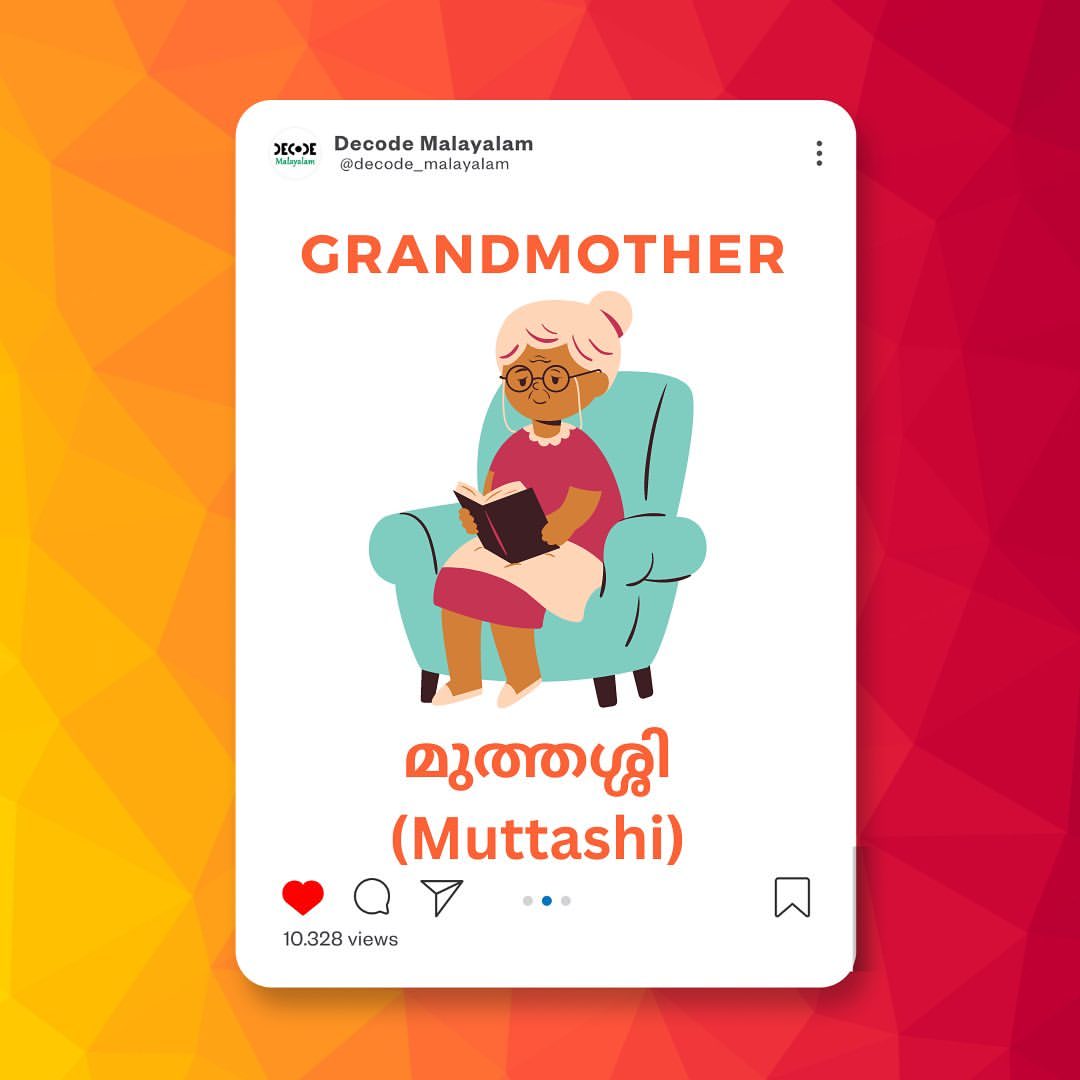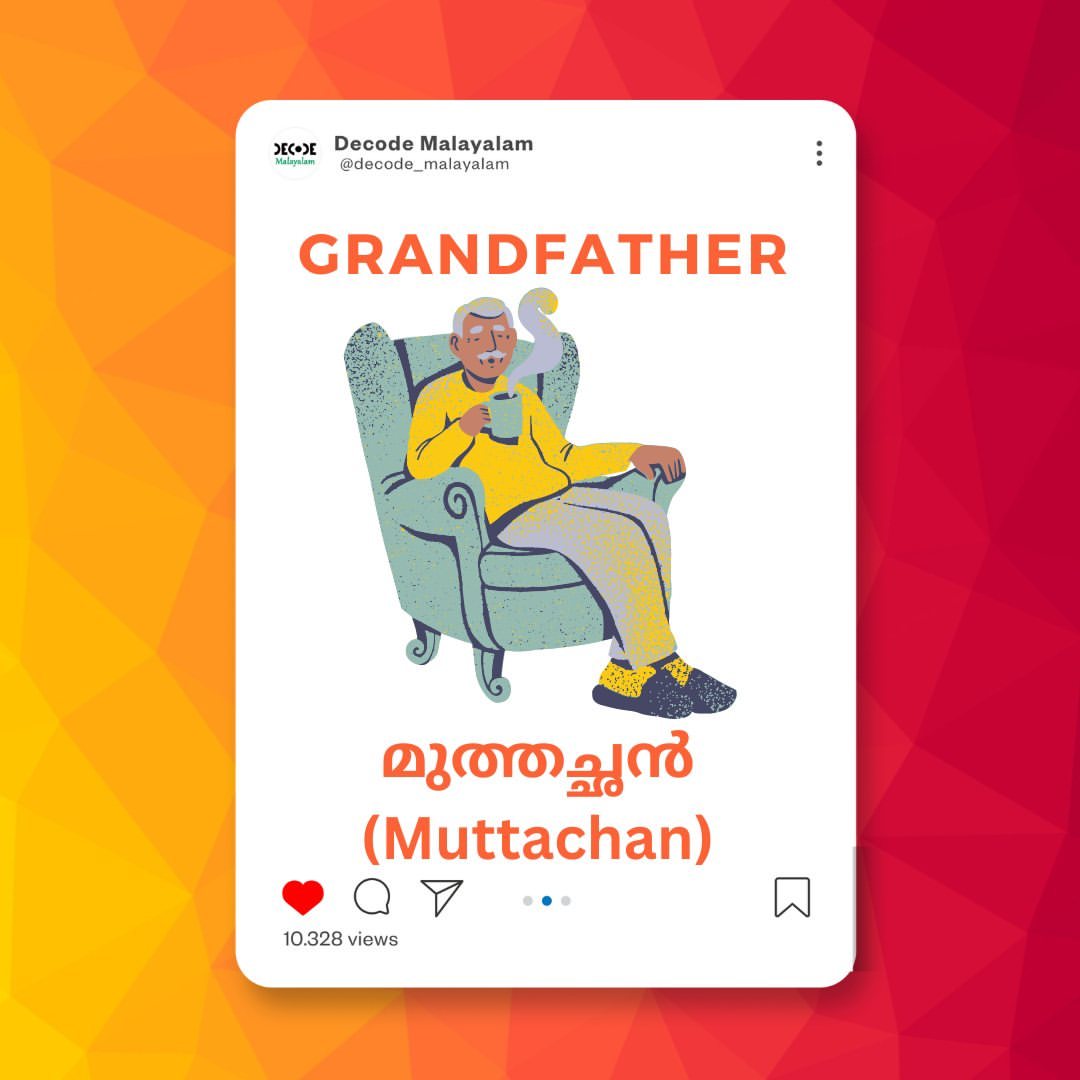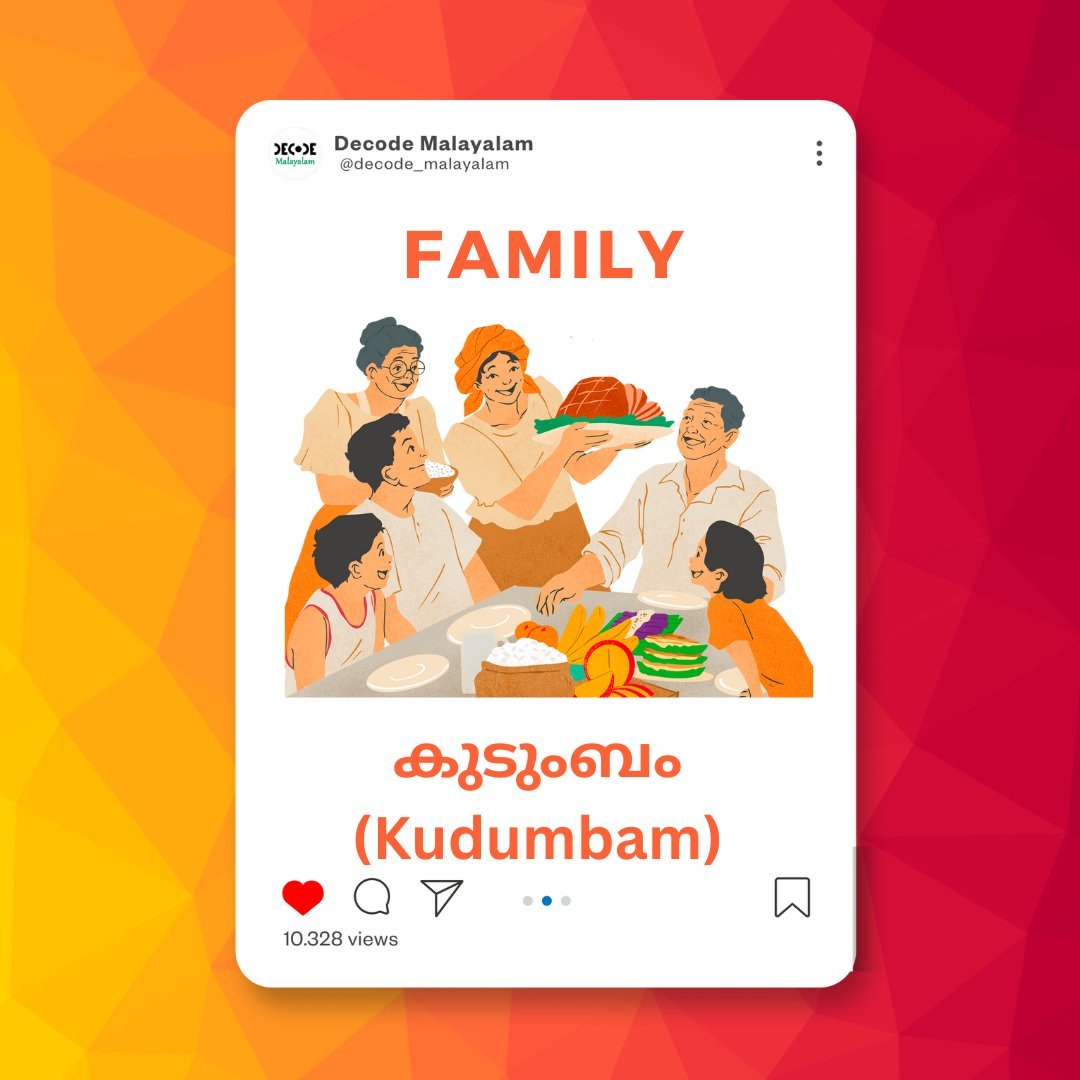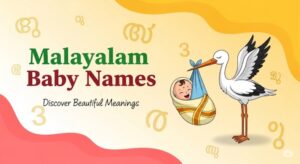Remember the excitement (or perhaps the nervous anticipation!) of your first day in a new classroom? The smell of fresh books, the gleam of a clean blackboard, and the sound of pencils scratching on paper. Now, imagine experiencing that in Malayalam! Whether you’re a student embarking on a language journey, a parent navigating the local school system in Kerala, or simply someone curious about the world of education in “God’s Own Country,” understanding the Malayalam names for common classroom objects is a fantastic starting point.
Kerala boasts one of the highest literacy rates in India, a testament to its strong emphasis on education. Schools are vibrant community hubs, and the classroom is where minds are shaped and futures begin. Being able to name the objects around you in this learning environment not only expands your vocabulary but also helps you feel more comfortable and engaged. From the പുസ്തകം (pustakaṁ) you read to the പേന (pēna) you write with, every item plays a role. This article will take you on a tour of a typical Malayalam classroom, arming you with the essential vocabulary to discuss learning, studies, and the tools that facilitate knowledge. Let’s get ready to learn!
The Learning Environment: Essential Classroom Fixtures
These are the immovable (or semi-movable) objects that define the classroom space, crucial for both teaching and learning.
- ക്ലാസ്മുറി (klāsmuri) – Classroom
- Context: The literal translation of “classroom,” this is the space where all the learning happens.
- Example Sentence: ക്ലാസ്മുറി വലുതാണ്. (klāsmuri valuttāṇŭ.) – The classroom is big.
- (Imagine audio pronunciation here)
- ബോർഡ് (bōrḍŭ) – Board (Whiteboard/Blackboard)
- Context: Whether it’s a traditional blackboard or a modern whiteboard, the bōrḍŭ is central for teachers to write on and for students to follow.
- Example Sentence: ബോർഡിൽ എഴുതുക. (bōrḍil eḻutuka.) – Write on the board.
- (Imagine audio pronunciation here)
- ചോക്ക് (cōkkŭ) – Chalk
- Context: Still widely used with blackboards in many schools across Kerala.
- Example Sentence: ചോക്ക് തരാമോ? (cōkkŭ tarāmō?) – Can you give me the chalk?
- (Imagine audio pronunciation here)
- റബ്ബർ (ṟabbar) – Eraser (rubber)
- Context: For correcting mistakes, universally understood.
- Example Sentence: എനിക്കൊരു റബ്ബർ വേണം. (enikkoru ṟabbar vēṇaṁ.) – I need an eraser.
- (Imagine audio pronunciation here)
- ഡെസ്ക് (ḍeskŭ) – Desk
- Context: The individual workspace for a student or teacher.
- Example Sentence: ഡെസ്കിൽ പുസ്തകം വെക്കുക. (ḍeskil pustakaṁ vekkuka.) – Put the book on the desk.
- (Imagine audio pronunciation here)
- കസേര (kasēra) – Chair
- Context: For sitting, whether for students or the teacher.
- Example Sentence: കസേരയിൽ ഇരിക്കുക. (kasērayil irikkuka.) – Sit on the chair.
- (Imagine audio pronunciation here)
- ബെഞ്ച് (ben̄cŭ) – Bench
- Context: Often, students in Kerala classrooms sit on benches rather than individual desks and chairs.
- Example Sentence: നമ്മൾ ബെഞ്ചിൽ ഇരിക്കും. (nammaḷ ben̄cil irikkuṁ.) – We will sit on the bench.
- (Imagine audio pronunciation here)
Student Essentials: What’s in Your School Bag?
These are the items every student carries daily, their companions on the journey of learning.
- പുസ്തകം (pustakaṁ) – Book
- Context: The primary source of knowledge. Kerala has a strong reading culture.
- Example Sentence: എന്റെ പുസ്തകം വായിക്കുകയാണ്. (enṟe pustakaṁ vāyikkukayāṇŭ.) – I am reading my book.
- (Imagine audio pronunciation here)
- നോട്ട്ബുക്ക് (nōṭṭubukku) – Notebook
- Context: For jotting down notes, exercises, and thoughts.
- Example Sentence: നോട്ട്ബുക്കിൽ എഴുതുക. (nōṭṭubukkil eḻutuka.) – Write in the notebook.
- (Imagine audio pronunciation here)
- പേന (pēna) – Pen
- Context: Used for writing, exams, and signing.
- Example Sentence: ഈ പേന നീലയാണ്. (ī pēna nīlayāṇŭ.) – This pen is blue.
- (Imagine audio pronunciation here)
- പെൻസിൽ (pensil) – Pencil
- Context: Essential for drawing, rough work, and early writing.
- Example Sentence: പെൻസിൽ ഉപയോഗിച്ച് വരയ്ക്കുക. (pensil upayōgiccŭ varaykkuka.) – Draw with a pencil.
- (Imagine audio pronunciation here)
- കടലാസ് (kaṭalās) – Paper
- Context: The blank canvas for notes, drawings, and assignments.
- Example Sentence: ഒരു പുതിയ കടലാസ് തരൂ. (oru putiya kaṭalās tarū.) – Give me a new piece of paper.
- (Imagine audio pronunciation here)
- സ്കെയിൽ (skēyil) – Scale / Ruler
- Context: For measuring and drawing straight lines.
- Example Sentence: സ്കെയിൽ എവിടെയാണ്? (skēyil eviṭeyāṇŭ?) – Where is the ruler?
- (Imagine audio pronunciation here)
- കത്രിക (katrika) – Scissors
- Context: For cutting paper in art class or for projects.
- Example Sentence: പേപ്പർ കത്രിക ഉപയോഗിച്ച് മുറിക്കുക. (pēppaṟ katrika upayōgiccŭ muṟikkuka.) – Cut the paper with scissors.
- (Imagine audio pronunciation here)
- ബാഗ് (bāgŭ) / സഞ്ചി (sañci) – Bag / School Bag
- Context: For carrying all the school supplies. Bāgŭ is commonly used for school bags, while sañci is a more general term for a carry bag.
- Example Sentence: എന്റെ ബാഗ് ഭാരമുള്ളതാണ്. (enṟe bāgŭ bhāramuḷḷatāṇŭ.) – My bag is heavy.
- (Imagine audio pronunciation here)
- ടിഫിൻ ബോക്സ് (ṭiphin bōks) – Tiffin Box / Lunchbox
- Context: Common in Indian schools for carrying homemade lunches.
- Example Sentence: ടിഫിൻ ബോക്സ് തുറക്കൂ. (ṭiphin bōks tuṟakkū.) – Open the tiffin box.
- (Imagine audio pronunciation here)
- വെള്ളക്കുപ്പി (veḷḷakkuppi) – Water Bottle
- Context: Essential for staying hydrated throughout the school day.
- Example Sentence: എന്റെ വെള്ളക്കുപ്പി എവിടെ? (enṟe veḷḷakkuppi eviṭe?) – Where is my water bottle?
- (Imagine audio pronunciation here)
Beyond Objects: The Learning Experience
Learning the names of classroom objects is just the foundation. Let’s expand into some related educational terms to enrich your understanding.
- വിദ്യാലയം (vidyālayaṁ) – School
- Context: The institution where education takes place. Kerala has a strong network of public and private schools.
- Example Sentence: ഞാൻ വിദ്യാലയത്തിലേക്ക് പോകുന്നു. (ñāṁ vidyālayaṅṅaḷēkkŭ pōkunnu.) – I am going to school.
- (Imagine audio pronunciation here)
- അധ്യാപകൻ (adhyāpakan) – Teacher (male)
- അധ്യാപിക (adhyāpika) – Teacher (female)
- Context: The guides and mentors in the classroom. Respect for teachers (guruvāṇŭ) is deeply ingrained in Kerala’s culture.
- Example Sentence: അധ്യാപകൻ നന്നായി പഠിപ്പിക്കുന്നു. (adhyāpakan nannāyi paṭippikkunnu.) – The teacher teaches well.
- (Imagine audio pronunciation here)
- വിദ്യാർത്ഥി (vidyārththi) – Student (male or general)
- വിദ്യാർത്ഥിനി (vidyārththini) – Student (female)
- Context: The learners in the classroom.
- Example Sentence: അവൻ ഒരു നല്ല വിദ്യാർത്ഥിയാണ്. (avan oru nalla vidyārththiyāṇŭ.) – He is a good student.
- (Imagine audio pronunciation here)
- പരീക്ഷ (parīkṣa) – Exam / Test
- Context: A common feature of academic life!
- Example Sentence: നാളെ പരീക്ഷയുണ്ട്. (nāḷe parīkṣayuṇṭŭ.) – There is an exam tomorrow.
- (Imagine audio pronunciation here)
- പാഠം (pāṭhaṁ) – Lesson / Chapter
- Context: The individual units of study.
- Example Sentence: പുതിയ പാഠം പഠിക്കാം. (putiya pāṭhaṁ paṭhikkāṁ.) – Let’s learn the new lesson.
- (Imagine audio pronunciation here)
- പഠിക്കുക (paṭhikkuka) – To study / To learn
- Context: The core activity in a classroom.
- Example Sentence: ഞാൻ മലയാളം പഠിക്കുന്നു. (ñāṁ malayāḷaṁ paṭhikkunnu.) – I am learning Malayalam.
- (Imagine audio pronunciation here)
Making Your Learning Engaging: Classroom Practice
To truly make these words part of your active vocabulary, try these fun and practical methods:
- “Teacher for a Day” Roleplay: Imagine you’re teaching a class in Malayalam. Name the objects you’d use and give simple instructions.
- Draw Your Classroom: Sketch a simple drawing of a classroom and label all the objects in Malayalam.
- Create a Malayalam School Supply List: Before your next stationery run, write down everything you need in Malayalam.
- Listen to Malayalam Educational Content: Look for simple Malayalam educational videos for children on YouTube. You’ll hear many of these words used naturally.
- Describe Your Study Space: Use these words to describe your personal study area to a friend or to yourself.
Conclusion: Opening the Doors to Malayalam Education
Learning the Malayalam names for classroom objects and related terms is more than just memorization; it’s about opening a new door to understanding and engaging with the educational landscape of Kerala. From the shared experience of learning on a ബെഞ്ച് (ben̄cŭ) to the individual focus on a പുസ്തകം (pustakaṁ), these words empower you to communicate effectively within academic settings.
Your journey with Decode Malayalam aims to make learning as practical and human as possible. By integrating these everyday words into your vocabulary, you’re not just preparing for a test; you’re building real-world communication skills. Keep exploring, keep practicing, and soon you’ll feel completely at home in any Malayalam learning environment!
What’s one classroom object you use daily that you’re excited to start calling by its Malayalam name? Share in the comments!
Related Articles :










